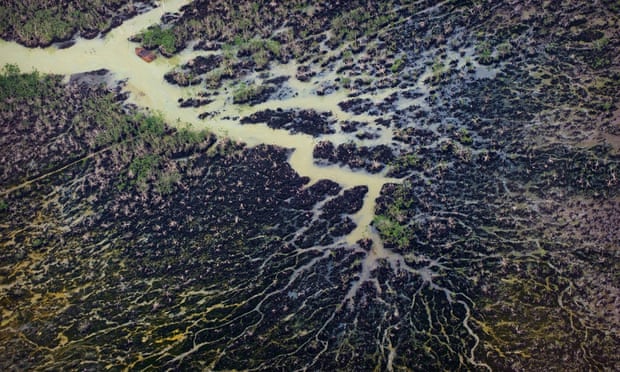By Kaitlyn Degnan
Impunity Watch Reporter, South America
SANTIAGO, Chile — Chileans are protesting in reaction to the Peruvian government’s creation of the new La Yarada-Los Palos district. The Peruvian Congress passed the decision last month and was signed into law on Saturday morning. The Chilean government has issued a statement rejecting the move.
The creation of the district would allow residents of the area to elect representation to the Peruvian Congress and to take part in national politics. President Ollanta Humala hopes the move will also push development in the area.

A communique from the Heraldo Munoz, head of the Chilean Foreign Ministry, said that the new district “includes territory that is unquestionably Chilean.” Munoz also said that although Chile would keep open channels of diplomatic communication to resolve the matter, the new district has “significantly deteriorate[d]” the relationship between the two countries.
The area in question has been in dispute since the end of the 1879-1883 War of the Pacific. Following the war, Peru and Bolivia lost territory in the region to Chile, including Bolivia’s only outlet to the sea.
A land treaty laying out the border was signed in 1929, but both Peru and Chile have different interpretations of the treaty. As a result, both countries claim the so-called “land triangle,” which covers 37,610 square meters.
The International Court of Justice issued a ruling on the border in 2014 which awarded additional ocean territory to Peru.
The incorporation of the district comes only days after Chile complained of Peruvian military presence at the border. Chilean President Michelle Bachelet alleges that the Peruvian military travelled to an area known as Milestone 1 in vehicles and took photos. Chile interprets Milestone as the site of the border between the two countries.
Chile claims that the presence was in violation of a 1994 bilateral accord dictating procedures for the surveillance and patrol of the Peru-Chile border. Peru denies that the incident occurred. Chile has also cancelled a scheduled bilateral meeting, set for December 7.
For more information, please see:
BBC – Peru-Chile border defined by UN court at The Hague – 28 January 2014
Peru this Week – Chile upset over Peruvian military presence at border – 5 November 2015
Andina – Peru Ambassador: Land boundaries with Chile are perfectly established – 6 November 2015
Fox News Latino – Peru denies posting troops on border with Chile – 6 November 2015
Peru this Week – Chile border: Peru denies military presence – 6 November 2015
La Prensa – Humala enacts law to create border district despite Chile objections – 7 November 2015
Yahoo News – Peru steps up border dispute with Chile – 7 November 2015
BBC – Chile and Peru in border spat over La Yarada-Los Palos area – 8 November 2015
Costa Rica Star – Border Conflict Between Chile and Peru Intensifies – 8 November 2015


